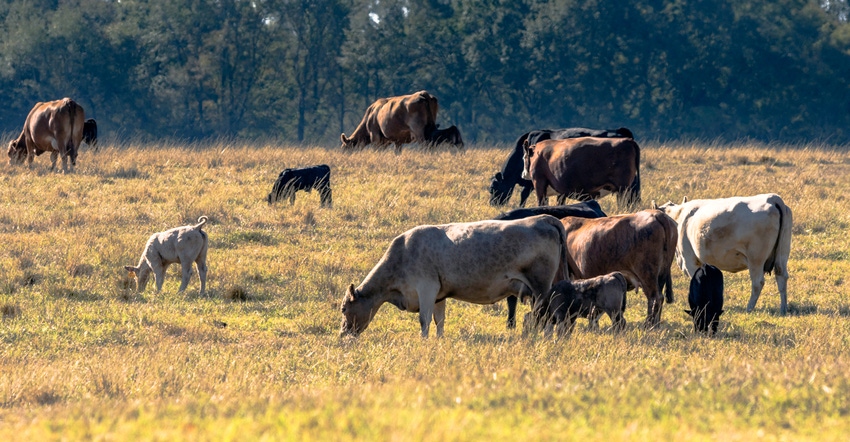
The drought is prompting state officials to activate programs that provide financial assistance to impacted farming businesses.
The Minnesota Department of Agriculture's Rural Finance Authority board voted unanimously on July 14 to make zero-interest loans available immediately for farmers whose operations are suffering from lack of rain.
“This zero-interest loan program is especially important for farmers whose crops and livestock are suffering from the drought and were not insured or were underinsured,” said Thom Petersen, MDA commissioner.
The Disaster Recovery Loan Program funds can be used to help clean up, repair or replace farm buildings; repair or replace septic and water systems; and replace seed, fertilizer, other cropping inputs, feed or livestock and poultry.
Farmers in Minnesota counties considered to be in severe drought or worse (D2+ on the U.S. Drought Monitor's designation scale) and in contiguous counties are eligible to apply.
Eligible farmers must have received at least 50% of their annual gross income from farming for the past three years, and will work through their bank to secure the loans from the RFA. Interest rates on the RFA portion of the loan are currently set at 0.0%.
More information is available online on MDA’s Disaster Recovery Loan website.
Request for federal declaration
Last week, Gov. Tim Walz sent a letter to USDA Secretary Tom Vilsack requesting assistance to aid Minnesota’s livestock producers by immediately allowing emergency haying and grazing on eligible Conservation Reserve Program acres in Minnesota counties experiencing Level D2 or greater drought conditions.
According to the July 8 U.S. Drought Monitor, nearly 40% of Minnesota is under Level D2 or greater drought conditions.
The governor’s letter noted that the quality of forage on Conservation Reserve Program lands continues to deteriorate under drought conditions, and that delaying access until Aug. 1 will eliminate any advantage of tapping the resource.
“If producers cannot get quality feed to their livestock, they will have no other options than to sell animals or purchase hay to haul in,” Walz said in his letter to USDA.
The governor’s letter also highlighted the challenges of the early 2021 growing season. A hard freeze in May hit most of the state, which set forage production back considerably. Then, by June, the entire state was listed under D0 to D1 drought conditions. As the weeks went by with little or no rain, state crops and livestock continued to be affected.
Ongoing state discussions
MDA officials and state farm groups continue to meet to discuss drought concerns. On July 8, Petersen met with soybean growers and cattle producers in northwestern Minnesota. Discussion centered on both state and federal assistance. There is an expectation that the Livestock Forage Disaster Program will be triggered in some counties. The livestock forage program provides payments to eligible livestock owners and contract growers.
As of July 14, Marshall and Polk counties are eligible. General program information is available at this Farm Service Agency webpage. Also, reach out to your local FSA office to learn more.
Drought resources
Additional drought information is available online at:
• U.S. Drought Monitor
• Conservation Reserve Program Emergency Haying and Grazing
• Current Minnesota Crop Progress and Condition Report
• University of Minnesota extreme weather resources
About the Author(s)
You May Also Like






